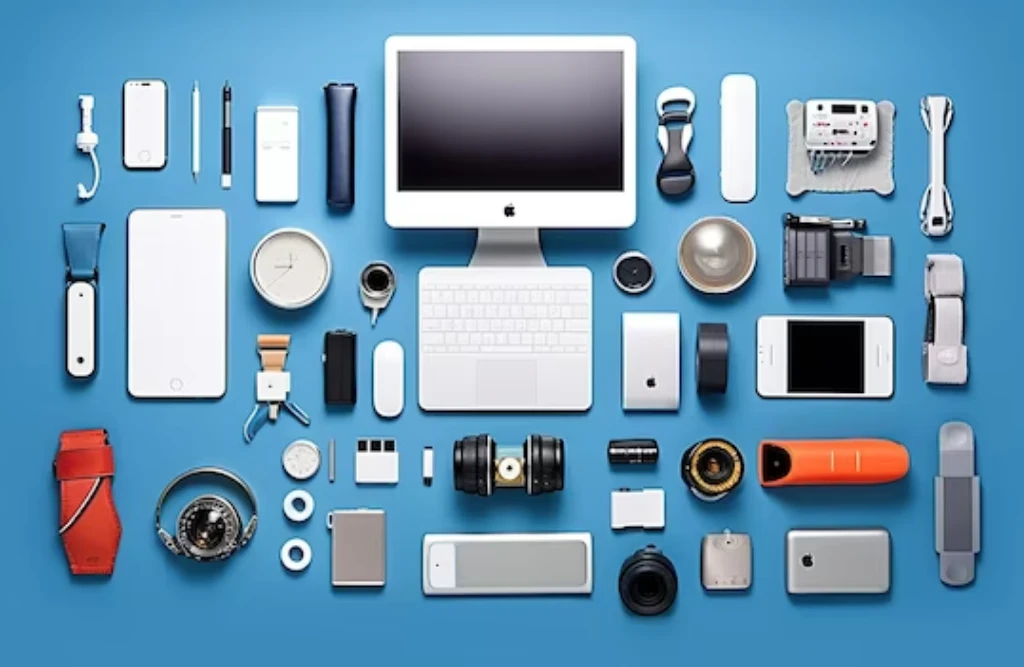Equipment for Mining Cryptocurrency: A Complete Guide for Beginners and Experts

Mining cryptocurrency has evolved from a niche hobby into a large-scale operation requiring specialized tools. Whether you are a newcomer or a seasoned miner, choosing the right equipment for mining cryptocurrency can mean the difference between profit and loss. This guide explores the essential gear, how it works, and what factors to consider before making an investment.
1. Understanding the Basics of Cryptocurrency Mining
At its core, mining cryptocurrency is the process of validating transactions on a blockchain network by solving complex mathematical puzzles. This requires powerful computing systems, also known as cryptocurrency mining equipment, to perform the calculations quickly and efficiently.
The two main types of mining are:
- Proof-of-Work (PoW) – Requires substantial computational power, as seen with Bitcoin mining.
- Proof-of-Stake (PoS) – Relies on staking coins rather than heavy hardware, but still benefits from efficient equipment for certain tasks.
2. Types of Equipment for Mining Cryptocurrency
Different cryptocurrencies require different setups. Here’s a breakdown of the main categories of equipment for mining cryptocurrency:
a. ASIC Miners
Application-Specific Integrated Circuit (ASIC) miners are purpose-built machines designed to mine a specific cryptocurrency algorithm. They are highly efficient but lack flexibility, meaning you cannot easily switch to mining other coins.
- Pros: High efficiency, excellent hash rates.
- Cons: Expensive, single-purpose.
b. GPU Mining Rigs
Graphics Processing Unit (GPU) rigs are versatile setups using high-performance graphics cards to mine multiple cryptocurrencies. These rigs are popular among Ethereum miners and hobbyists due to their adaptability.
- Pros: Flexible, resellable hardware.
- Cons: Higher electricity consumption compared to ASICs.
c. FPGA Miners
Field Programmable Gate Array (FPGA) miners offer a middle ground between ASIC and GPU miners. They are more energy-efficient than GPUs but less specialized than ASICs.
- Pros: Configurable, lower energy costs.
- Cons: Complex setup process.
3. Essential Supporting Equipment for Mining Cryptocurrency
Beyond the core mining hardware, you will need additional cryptocurrency mining equipment to keep your operation running smoothly:
- High-efficiency Power Supply Units (PSUs): Provide stable power and prevent damage to your rigs.
- Cooling Systems: Fans, air conditioners, or even liquid cooling to maintain optimal temperatures.
- Mining Software: Programs like CGMiner or NiceHash that connect your equipment to the blockchain network.
- Stable Internet Connection: Reduces downtime and maximizes profitability.
- Mining Frames and Racks: Keep your hardware organized and well-ventilated.
4. Factors to Consider Before Buying Equipment for Mining Cryptocurrency
Before making a purchase, evaluate:
- Hash Rate: The number of calculations per second your machine can perform.
- Power Consumption: Energy efficiency directly affects profitability.
- Initial Cost: Ensure your return on investment (ROI) timeline is realistic.
- Coin Choice: Match your hardware to the most profitable coins for its algorithm.
- Maintenance Requirements: Consider ease of repair and availability of replacement parts.
5. The Future of Cryptocurrency Mining Equipment
With blockchain technology evolving rapidly, the equipment for mining cryptocurrency will likely become more efficient, quieter, and environmentally friendly. As energy costs rise and governments increase regulations, miners may shift toward renewable-powered setups and hybrid hardware solutions.
Final Thoughts
Choosing the right equipment for mining cryptocurrency involves balancing cost, performance, and adaptability. Whether you opt for an ASIC miner for Bitcoin, a GPU rig for altcoins, or an FPGA system for experimental projects, the right tools can maximize your chances of success in the competitive mining industry.


